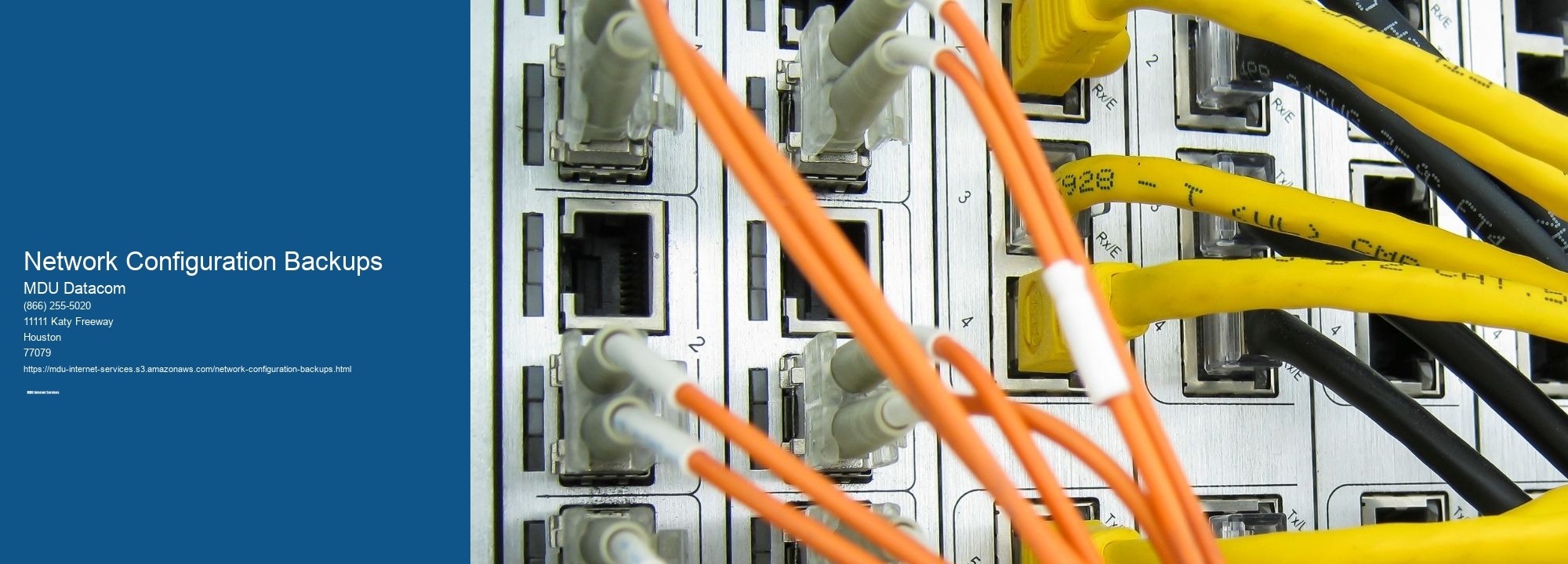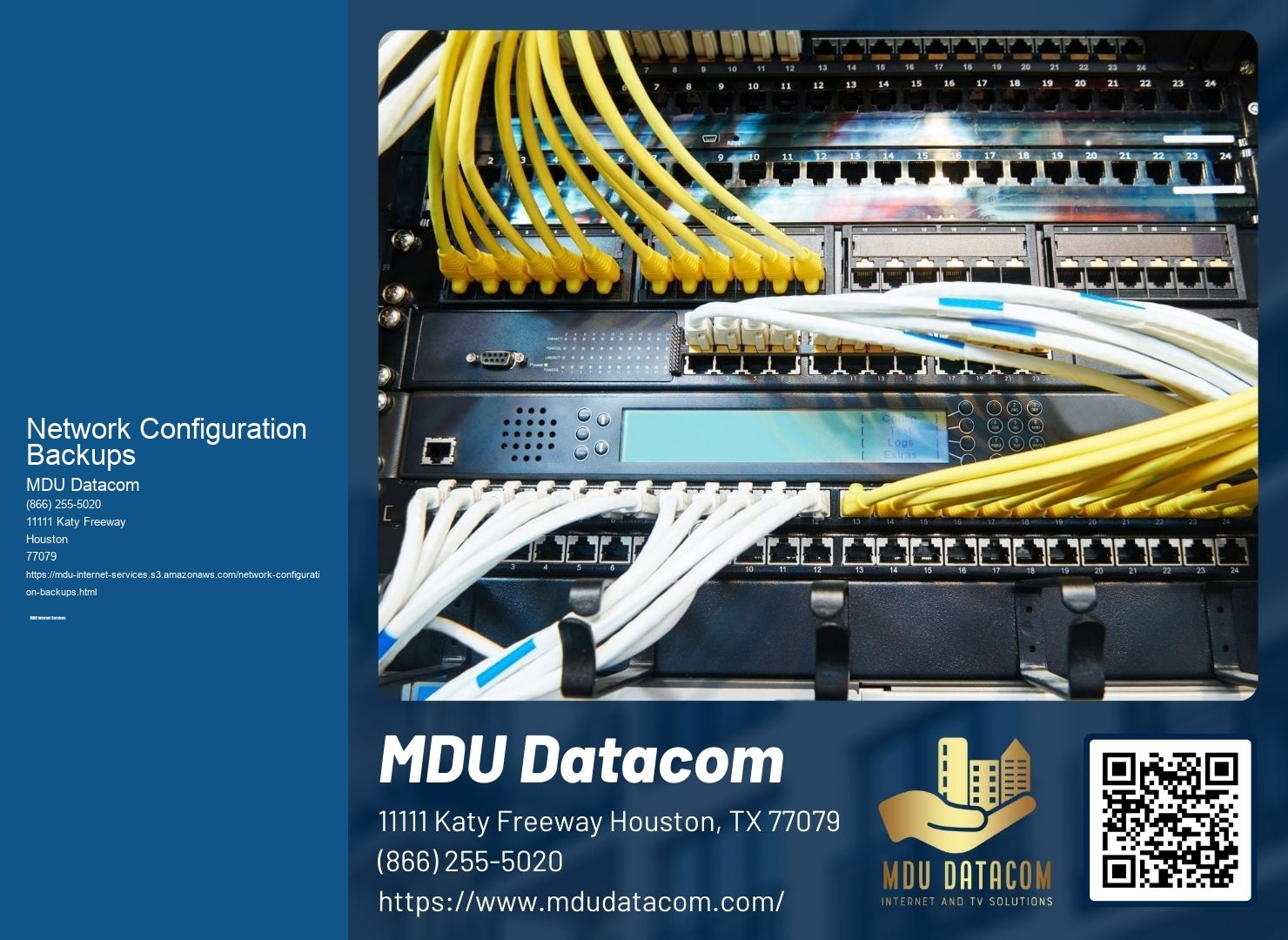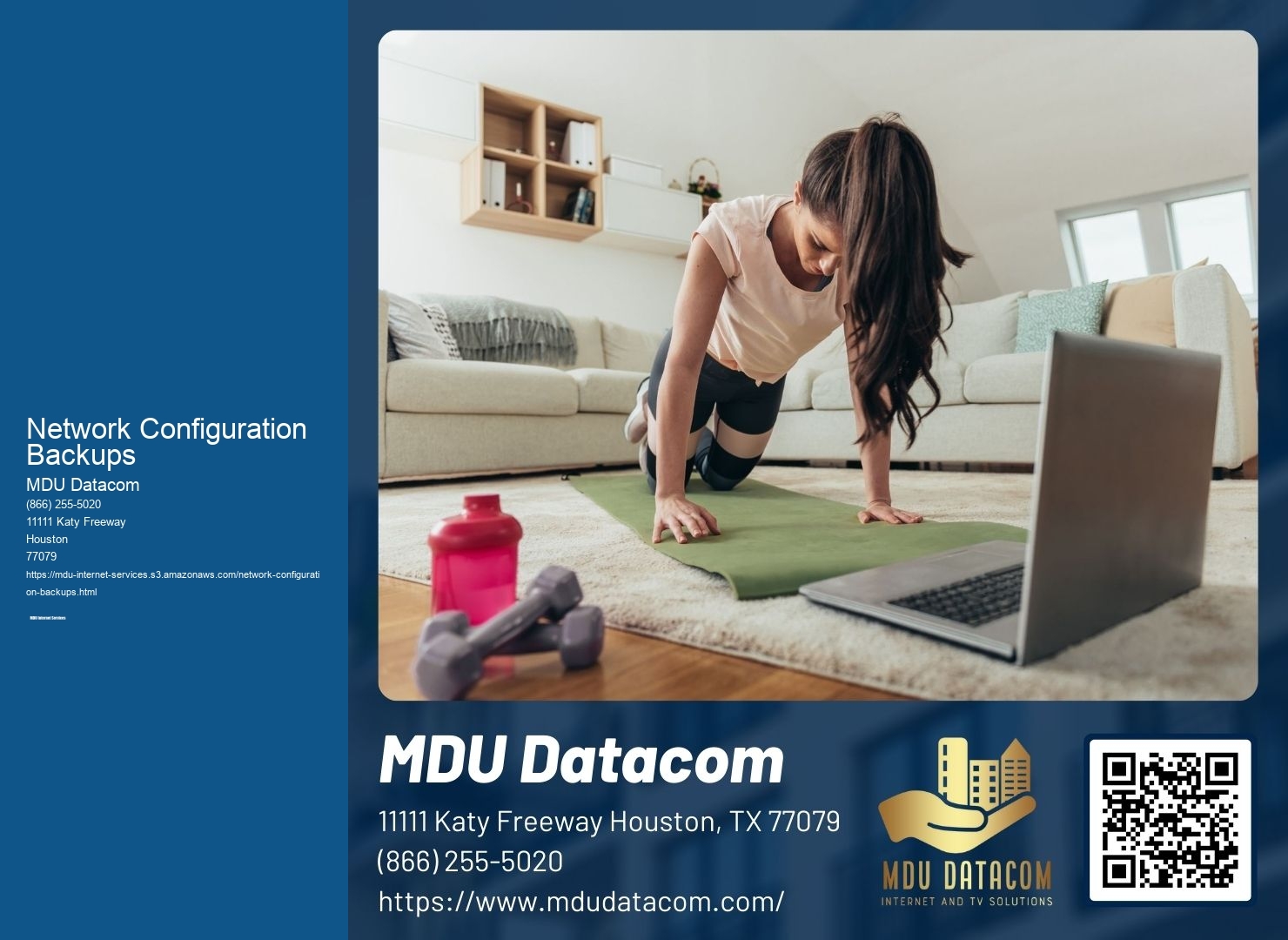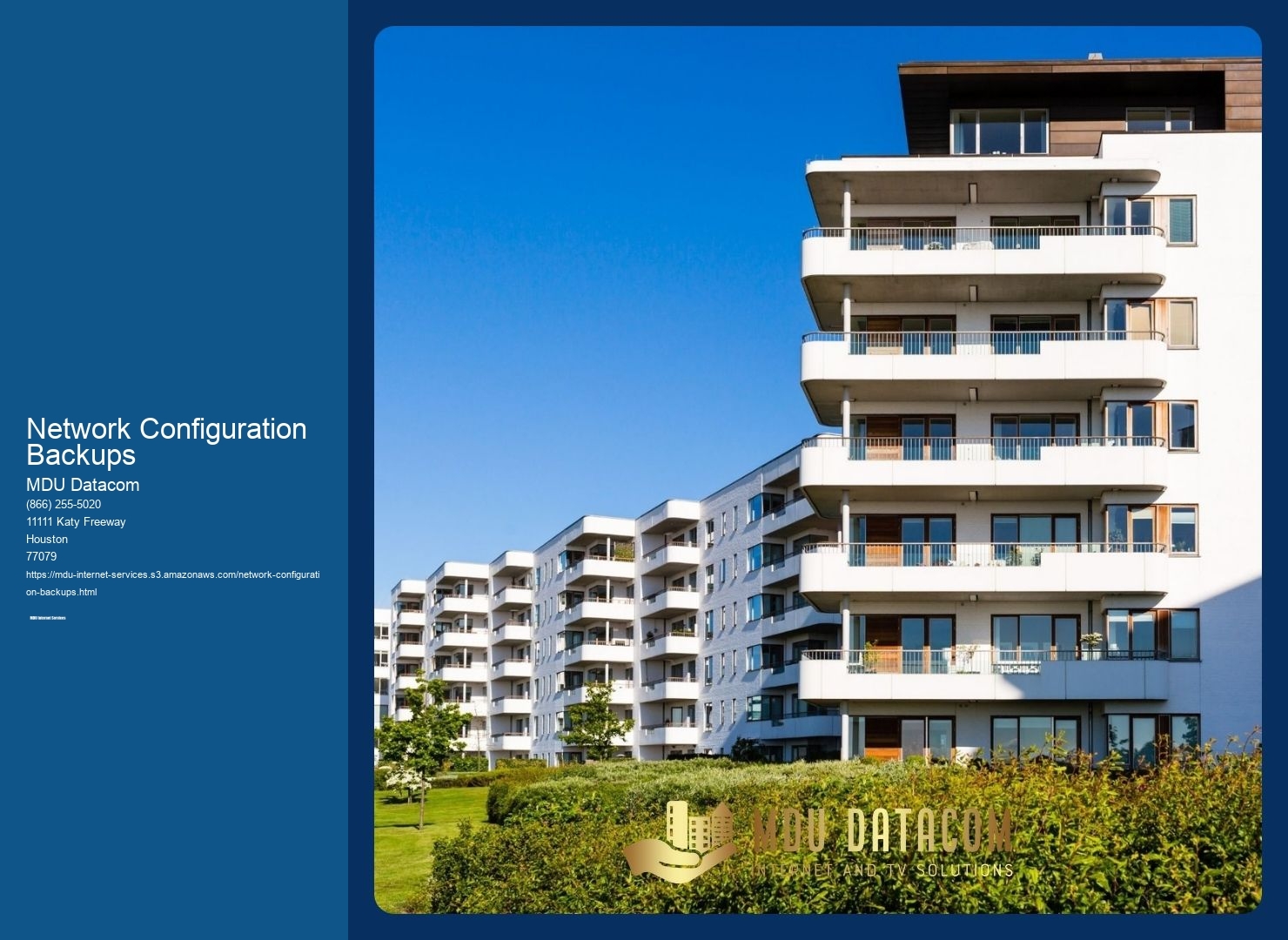

A network penetration tester identifies vulnerabilities in a network by using various techniques and tools. They may perform network scanning to identify open ports, services, and devices on the network. They may also conduct vulnerability scanning to identify known vulnerabilities in the network infrastructure and applications. Additionally, they may use manual techniques such as password cracking, social engineering, and exploiting misconfigurations to identify potential weaknesses. By analyzing the results of these tests, the tester can identify vulnerabilities and provide recommendations for remediation.
Network penetration testers use a variety of tools and techniques to conduct their tests. Some common tools include network scanners like Nmap, vulnerability scanners like Nessus, password cracking tools like John the Ripper, and exploitation frameworks like Metasploit. These tools help testers identify open ports, services, and vulnerabilities in the network infrastructure. Additionally, testers may use social engineering techniques, such as phishing emails or phone calls, to assess the human element of security. By using a combination of these tools and techniques, testers can comprehensively assess the security of a network.
Conducting a successful network penetration test involves several steps. First, the tester needs to gather information about the target network, such as IP addresses, domain names, and network architecture. Next, they perform reconnaissance to identify potential entry points and vulnerabilities. Once the initial information gathering is complete, the tester conducts vulnerability scanning and penetration testing to identify weaknesses and potential exploits. After the testing phase, the tester analyzes the results and prepares a detailed report that includes identified vulnerabilities, their potential impact, and recommendations for remediation. Finally, the tester presents the findings to the organization and assists in implementing the necessary security measures.

Network penetration testing can help improve an organization's overall security posture in several ways. Firstly, it helps identify vulnerabilities and weaknesses in the network infrastructure, applications, and systems. By addressing these vulnerabilities, organizations can strengthen their security measures and reduce the risk of unauthorized access or data breaches. Secondly, penetration testing provides valuable insights into the effectiveness of existing security controls and policies. It helps organizations identify gaps in their security measures and make informed decisions about improving their overall security strategy. Fiber Optic Internet for Condo Complexes Lastly, conducting regular penetration tests helps organizations stay proactive in the ever-evolving landscape of cybersecurity, ensuring that their security measures are up to date and capable of defending against emerging threats.
Network penetration testers need to consider legal and ethical considerations while performing their tasks. It is important to obtain proper authorization from the organization before conducting any penetration testing activities. This ensures that the tester is not engaging in any unauthorized activities that could potentially harm the organization's network or systems.

Network configuration backup refers to the process of creating a copy or snapshot of the configuration settings of a network device or system. This includes capturing information such as IP addresses, routing tables, firewall rules, and other network settings. It is important because network configurations can be complex and time-consuming to set up, and losing or misconfiguring these settings can lead to network downtime, security vulnerabilities, and loss of data. By regularly backing up network configurations, organizations can ensure that they have a reliable and up-to-date copy of their network settings, which can be used for disaster recovery, troubleshooting, and maintaining network consistency.
Network configuration backups can be performed automatically using various methods. One common approach is to use network management software or tools that have built-in backup functionality. These tools can be configured to automatically schedule regular backups of network configurations at specified intervals.

MDU (Multi-Dwelling Unit) providers have various strategies in place to handle internet outages within apartment buildings. They typically employ redundant network infrastructure, which includes multiple fiber optic connections, routers, and switches, to ensure uninterrupted connectivity. In the event of an outage, MDU providers have dedicated technical teams that promptly investigate and resolve the issue. These teams are equipped with advanced diagnostic tools and equipment to identify the root cause of the outage and restore the internet service as quickly as possible. Additionally, MDU providers often have backup power systems, such as generators or battery backups, to mitigate the impact of power outages on internet connectivity. They also maintain proactive monitoring systems to detect any potential issues before they escalate into full-blown outages. Overall, MDU providers prioritize maintaining a reliable and robust internet infrastructure to minimize disruptions and provide seamless internet services to apartment residents.
MDU, also known as Multi-Dwelling Unit, does offer integration options with smart building management systems or platforms. These integration options allow for seamless connectivity and control of various building systems, such as HVAC, lighting, security, and energy management. By integrating with smart building management systems or platforms, MDU owners and operators can optimize energy efficiency, enhance occupant comfort, and improve overall building performance. These integration options may include the use of IoT devices, sensors, and data analytics to monitor and manage building systems in real-time. Additionally, MDU integration options may also provide features such as remote access and control, predictive maintenance, and advanced reporting and analytics capabilities.
MDU, or Multi-Dwelling Unit, typically addresses complaints regarding slow internet speeds from residents by promptly investigating the issue and taking necessary measures to rectify the situation. Upon receiving a complaint, MDU's technical support team conducts a thorough analysis of the network infrastructure, including routers, switches, and cabling, to identify any potential bottlenecks or connectivity issues. They also assess the bandwidth allocation and distribution within the building to ensure optimal performance. If the problem lies within the MDU's network, they may upgrade the equipment, increase bandwidth capacity, or optimize network configurations. Additionally, MDU may collaborate with internet service providers to troubleshoot any external factors affecting internet speeds, such as network congestion or service outages. By employing these comprehensive measures, MDU strives to provide residents with a satisfactory internet experience and address any concerns regarding slow internet speeds promptly and effectively.
MDU (Multi-Dwelling Unit) takes several robust security measures to safeguard the internet privacy of its residents. Firstly, it employs state-of-the-art encryption protocols to ensure that all data transmitted over its network remains secure and inaccessible to unauthorized individuals. Additionally, MDU implements firewalls and intrusion detection systems to detect and prevent any unauthorized access attempts or malicious activities. It also regularly updates its security software and firmware to stay ahead of emerging threats and vulnerabilities. Furthermore, MDU conducts regular security audits and assessments to identify and address any potential weaknesses in its network infrastructure. It also provides residents with secure login credentials and encourages the use of strong passwords to further enhance privacy protection. Overall, MDU prioritizes the privacy and security of its residents' internet usage by implementing a comprehensive range of security measures.
MDU does offer a range of perks for property managers who exclusively use their internet services. These perks include enhanced customer support, priority installation and maintenance services, discounted rates for bulk subscriptions, and access to advanced management tools and analytics. Additionally, property managers can benefit from seamless integration with other MDU services such as cable TV and phone services, ensuring a comprehensive and convenient solution for their residents. By exclusively using MDU's internet services, property managers can optimize their operations, enhance resident satisfaction, and streamline their overall management processes.
MDU, or Multi-Dwelling Unit, handles requests for custom network configurations within properties by offering a flexible and tailored approach to meet the specific needs of each property. They understand the importance of providing a seamless and efficient network infrastructure that caters to the diverse requirements of residents. MDU collaborates closely with property owners and managers to assess the unique network demands and design customized solutions accordingly. This involves considering factors such as the size of the property, the number of units, the desired bandwidth, and the specific connectivity preferences of the residents. By leveraging their expertise in network architecture and technology, MDU ensures that the custom network configurations are implemented seamlessly, providing residents with reliable and high-speed internet access. They also offer ongoing support and maintenance to address any issues or changes that may arise, ensuring a smooth and uninterrupted network experience for all.
Yes, residents have the option to request a temporary suspension of their internet service during vacations or extended absences. This allows them to avoid unnecessary charges while they are away and ensures that their internet connection remains secure during their absence. By contacting their internet service provider and providing the necessary details, such as the duration of the suspension and the date of their return, residents can easily arrange for their internet service to be temporarily suspended. This service is particularly beneficial for individuals who frequently travel or have extended periods of absence, as it allows them to have control over their internet usage and expenses.